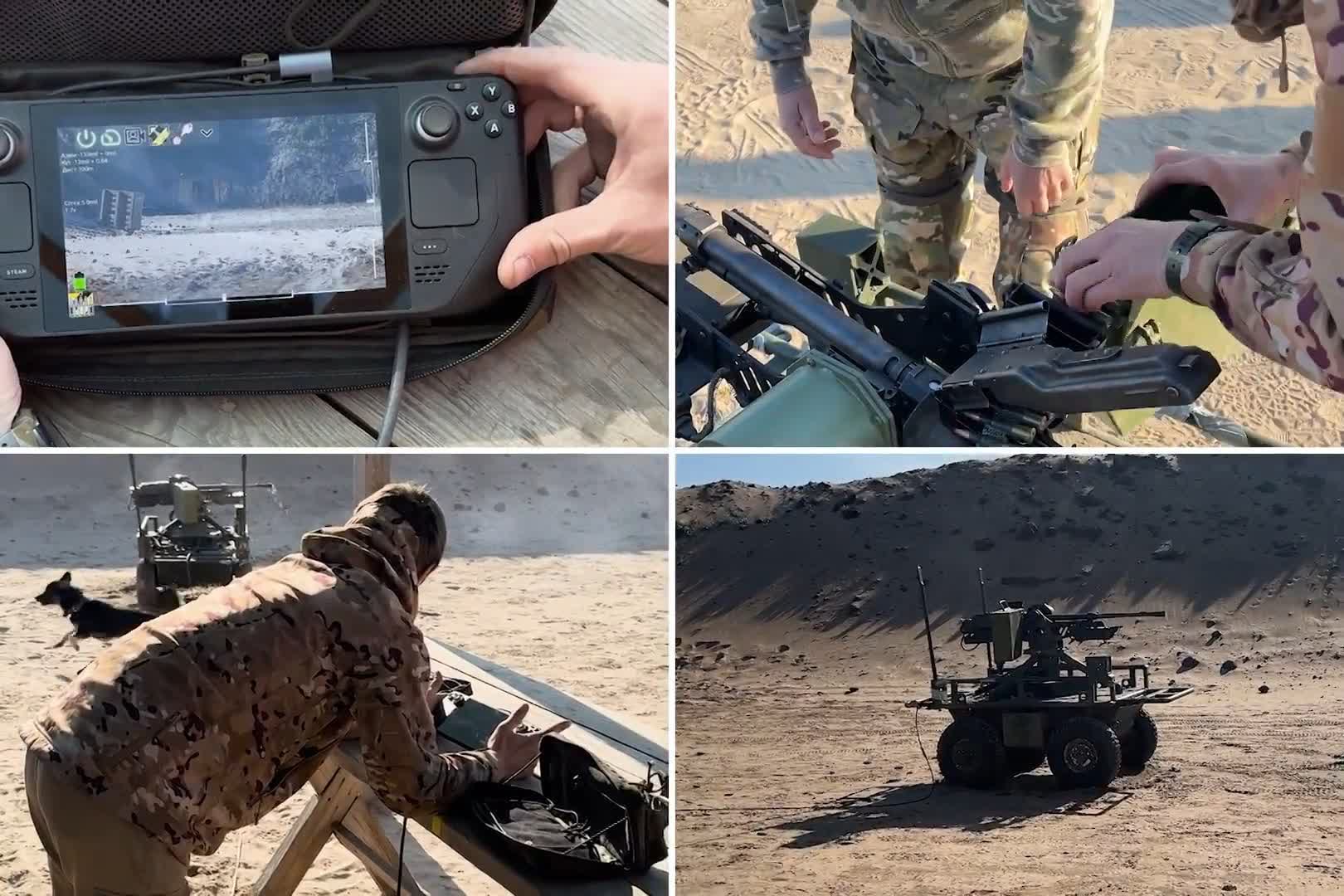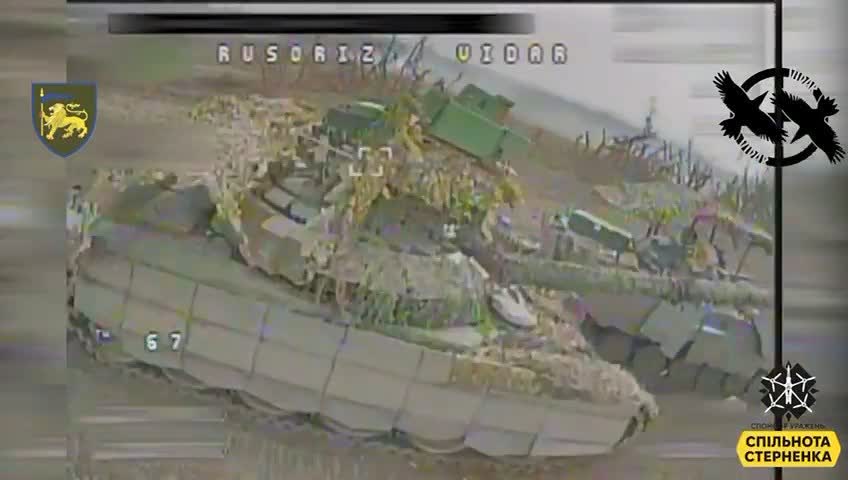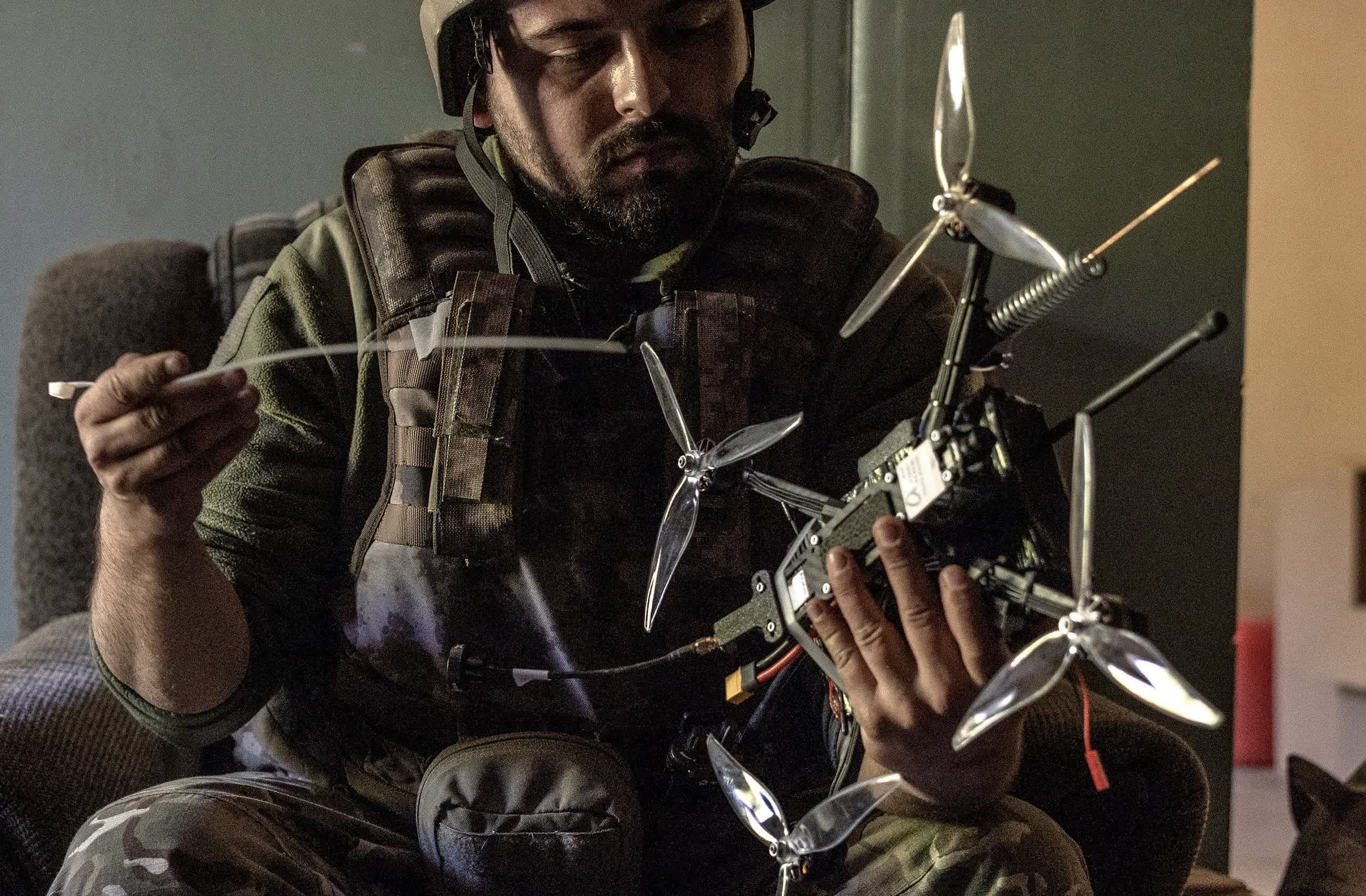Why it matters: Cheap, unmanned drones have featured prominently in the war in Ukraine, and recent advances in AI are making the weapons increasingly autonomous as the human element in their operation shrinks. Major governments and other concerned groups worldwide have expressed worry over crossing the line to full lethal automation, but some Ukrainians consider the controversy a secondary concern.
As the involvement of AI in military applications grows, alarm over the eventual emergence of fully autonomous weapons grows with it. A recent report from the New York Times highlights how battlefield necessities in Ukraine threaten to take humans completely out of the loop.
Attack drones used by Ukraine and Russia have typically been remotely piloted by humans thus far – often wearing VR headsets – but numerous Ukrainian companies have developed systems that can fly drones, identify targets, and track them using only AI. The detection systems employ the same fundamentals as the facial recognition systems often controversially associated with law enforcement. Some are trained with deep learning or live combat footage.

The Times verified Ukrainian footage showing kamikaze drones automatically seeking and attacking Russian tanks. Moreover, surface-based machine guns can automatically recognize targets, aim at them, and switch between pre-set headings to quickly cover broad positions. Humans must still make the final decision to select targets or pull the trigger, but manufacturers say they could easily remove that step.
Possibly the only things stopping the arrival of AI that can kill on its own are ethical concerns about harming civilians and the risk of friendly fire. Despite concern from governments and human rights groups that military AI could spin out of control, the Ukrainian military currently cares more about using it to help close the manpower and weaponry gap between it and Russia, which is also developing AI-based weapons.
A single operator can use AI to control several drones simultaneously. Furthermore, automation systems can extend their operational range and take over if the enemy jams the pilot's remote connection.

The US, China, UK, Israel, and other countries are also increasing their autonomous military capabilities. The US has successfully tested air, land, and sea vehicles that pilot themselves. In the Middle East, the US and Israel have used AI to find and prioritize targets.
However, Ukrainian AI warfare reveals that the technology can be developed rapidly and relatively cheaply. Some companies are making AI drones using off-the-shelf parts and code, which can be sent to the frontlines for immediate live testing. That speed has attracted overseas companies seeking access to battlefield data.
Aside from worries about an AI arms race, the war in Ukraine also proves that automated weapon systems won't be limited to the world's biggest militaries.
Image credit: New York Times
